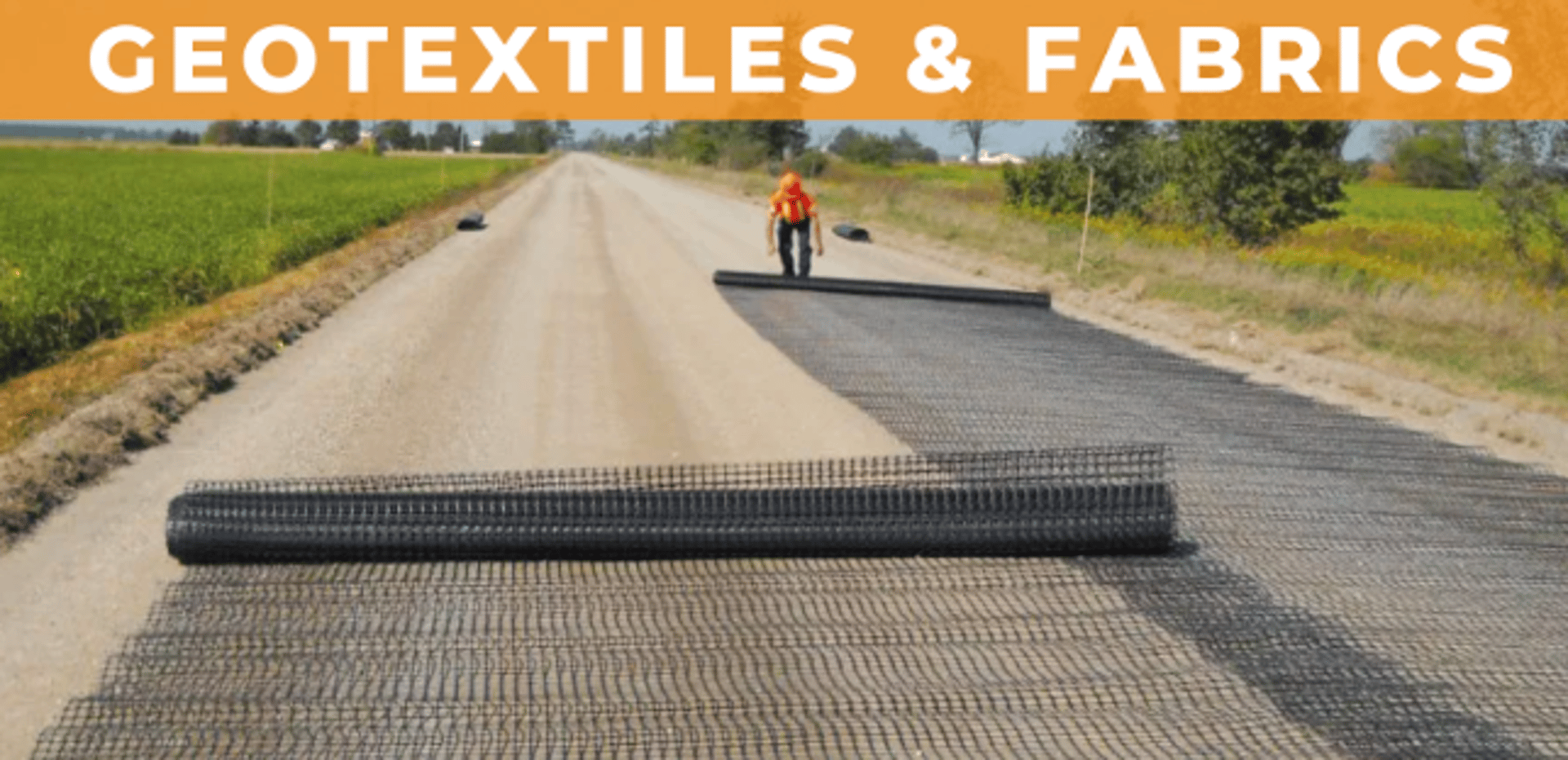
Geo-Textiles
Natural Fibers
Jute: Biodegradable, used for temporary erosion control.
Coir (Coconut fiber): Longer-lasting than jute, excellent for soil stabilization in bioengineering.
Sisal, Hemp: Used less frequently, mainly in low-cost, temporary works.
Woven Geotextiles
Made by interlacing yarns.
High tensile strength, low elongation.
Applications: soil stabilization, separation, reinforcement.
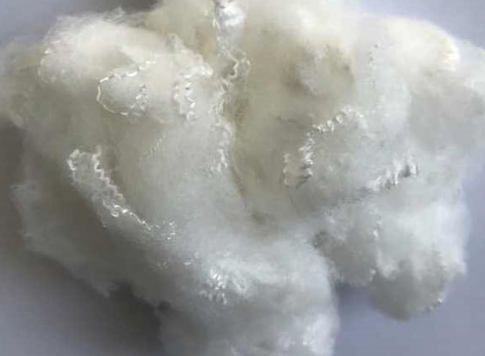



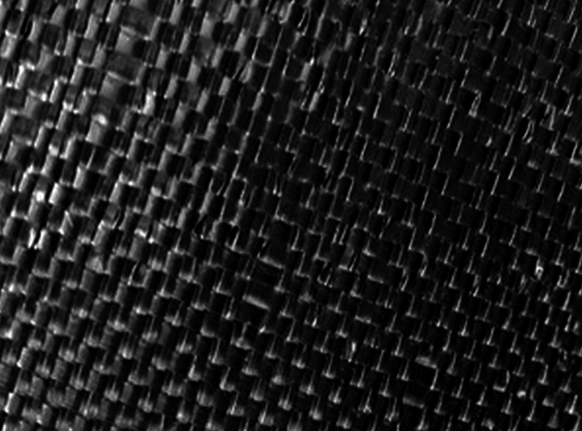

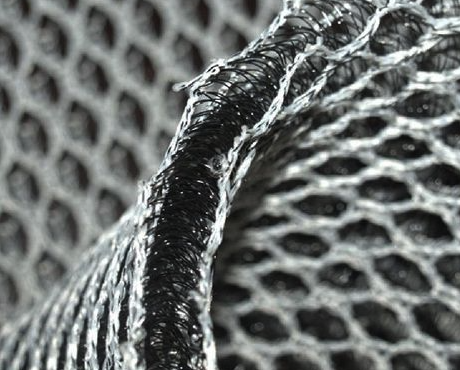

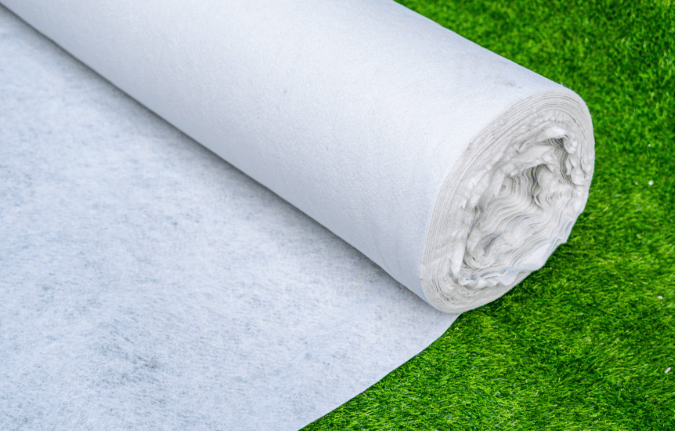

Knitted Geotextiles
Less common; offer elasticity and flexibility.
Used in specialized reinforcement applications.a
Nonwoven Geotextiles
Made by bonding fibers via needle-punching, heat-bonding, or chemical bonding.
High permeability, good filtration.
Applications: drainage, filtration, erosion control.
Application-Specific Classification
Separation: Woven PP or PET geotextiles (road base & subgrade separation).
Filtration & Drainage: Nonwoven PP geotextiles (under drains, behind retaining walls).
Reinforcement: High-strength woven PET or geogrid composites (slope stabilization, retaining wall reinforcement).
Erosion Control: Biodegradable jute/coir mats (temporary control until vegetation grows).
Containment & Barriers: Geocomposites with PE or PVC for landfills and water reservoirs.
Synthetic Fibers
Polypropylene (PP): Most common; lightweight, chemically inert, high resistance to biological degradation.
Polyester (PET): High tensile strength, good creep resistance, but sensitive to alkaline environments.
Polyethylene (PE): Good chemical resistance, but lower strength.
Polyamide (Nylon): Strong, flexible, but can degrade under UV exposure.
PVC-coated fibers: Used when impermeability is needed.
Based on Manufacturing Process
Trawoe Professional Agency Corporation
Your trusted partner in outsourcing.
Contact us :
please subscribe :
© 2025. All rights reserved.